It’s Time to Start Watching for Comet PANSTARRS
Advertisements:
[It’s time to start watching for Comet PANSTARRS, one of two comets to get excited about in 2013.
There’s a lot of excitement about Comet ISON, which might become a very bright comet, visible across the globe, by the end of 2013. But don’t wait for Comet ISON to look outside for a comet. A fainter comet – called PANSTARRS – is being seen nightly now in skies around the world. It’s low in the west after sunset – near the moon on March 12 and March 13. And it’s getting easier to see each day from Earth’s Northern Hemisphere, as it moves northward on the sky’s dome. The Southern Hemisphere has been seeing PANSTARRS for some weeks already. But be forewarned. Skyandtelescope.com on March 11 called the comet a speck, not a spectacle, adding:
[Last night lots of people in the north temperate latitudes finally began picking up the comet for the first time, but usually with binoculars, and only if they knew just where to look. Keep trying. It’s moving a little higher out of the bright depths of twilight every day now].
Remember, the comet is low in the west immediately after sunset – not prominent in the midst of evening twilight – but there if your sky is clear to the horizon and unobstructed by trees or tall buildings. Watch for its fan-shaped comet tail]. – EarthSky.org
There’s a lot of excitement about Comet ISON, which might become a very bright comet, visible across the globe, by the end of 2013. But don’t wait for Comet ISON to look outside for a comet. A fainter comet – called PANSTARRS – is being seen nightly now in skies around the world. It’s low in the west after sunset – near the moon on March 12 and March 13. And it’s getting easier to see each day from Earth’s Northern Hemisphere, as it moves northward on the sky’s dome. The Southern Hemisphere has been seeing PANSTARRS for some weeks already. But be forewarned. Skyandtelescope.com on March 11 called the comet a speck, not a spectacle, adding:
[Last night lots of people in the north temperate latitudes finally began picking up the comet for the first time, but usually with binoculars, and only if they knew just where to look. Keep trying. It’s moving a little higher out of the bright depths of twilight every day now].
Remember, the comet is low in the west immediately after sunset – not prominent in the midst of evening twilight – but there if your sky is clear to the horizon and unobstructed by trees or tall buildings. Watch for its fan-shaped comet tail]. – EarthSky.org
This image provided by NASA shoaws the comet PANSTARRS as seen from Mount Dale, Western Australia on March 5, 2013. According to NASA on March 10, it will make its closest approach to the sun about 28 million miles (45 million kilometers) away. As it continues its nightly trek across the sky, the comet may get lost in the sun's glare but should return and be visible to the naked eye by March 12. (Photo by AP Photo/NASA)
The comet PanSTARRS passes over the Stratosphere Casino Hotel on March 12, 2013 in Las Vegas, Nevada. Officially known as C/2011 L4, the comet got its name after being discovered by astronomers using the Panoramic Survey Telescope & Rapid Response System (Pan-STARRS) telescope in Hawaii in June 2011. (Photo by Ethan Miller)
Comet PanSTARRS & The Moon, on March 12, 2013 in Louisiana. This is a single 2 second exposure with a Canon 200mm F/2.8 lens, a Canon XS (modified) and ISO 800 settings. (Photo by Mike B.)
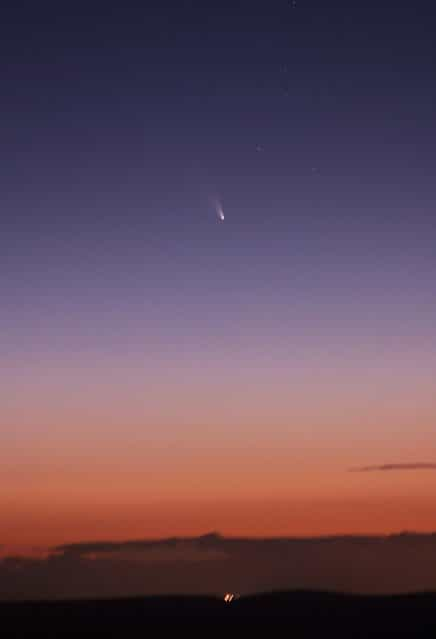
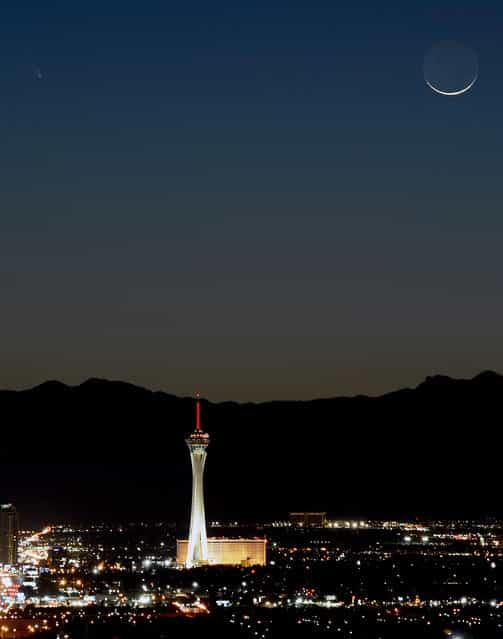
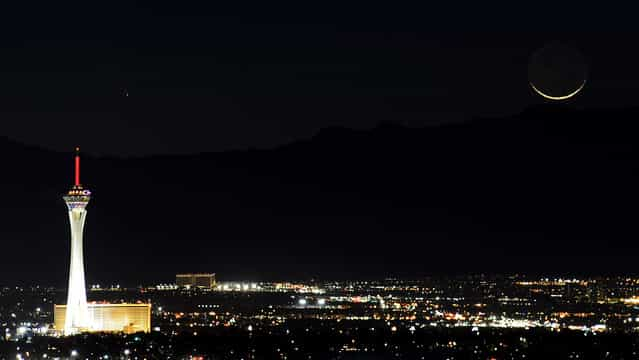
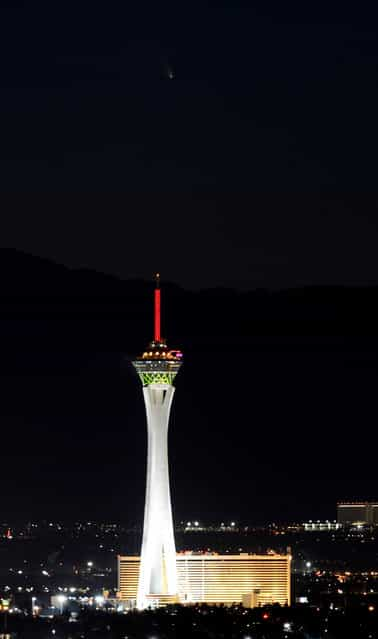
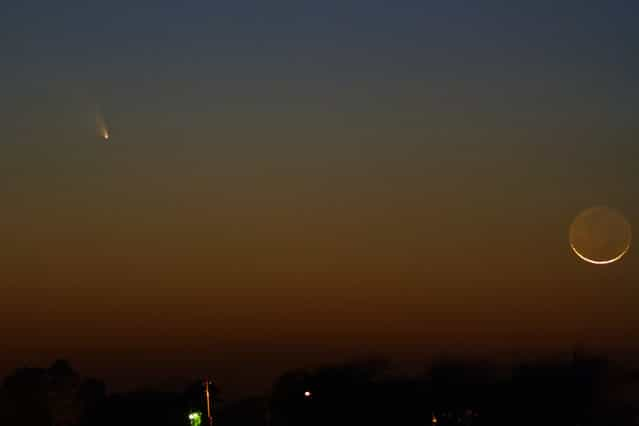
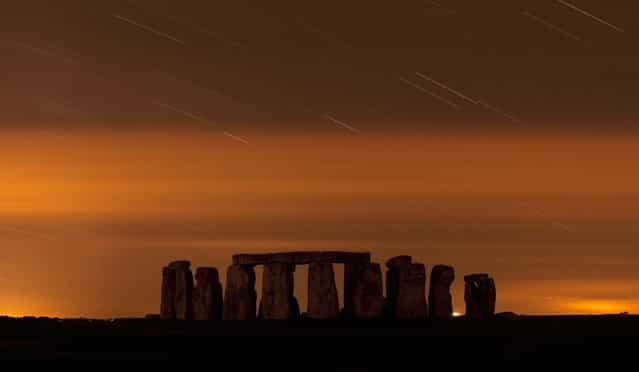
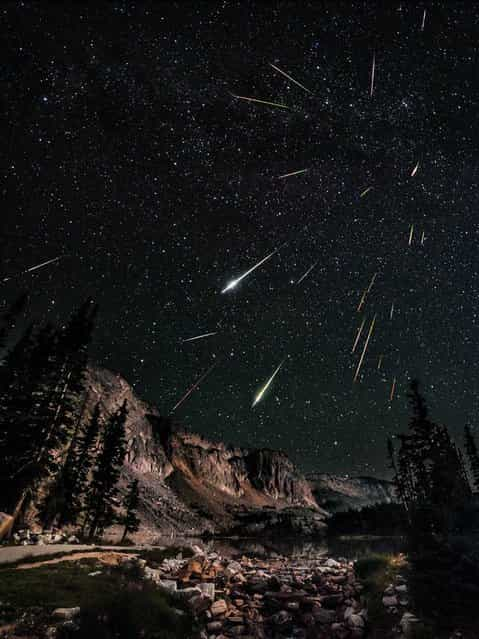
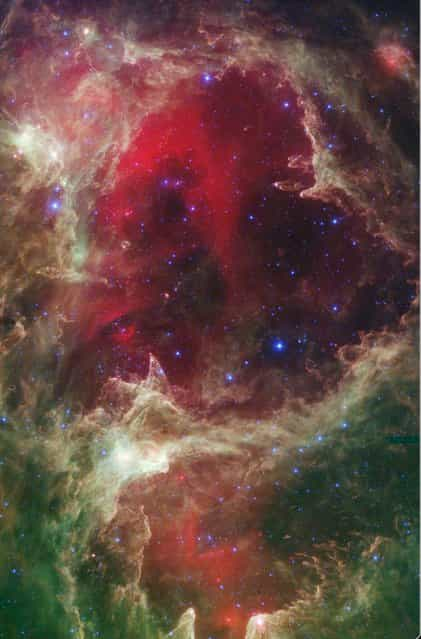
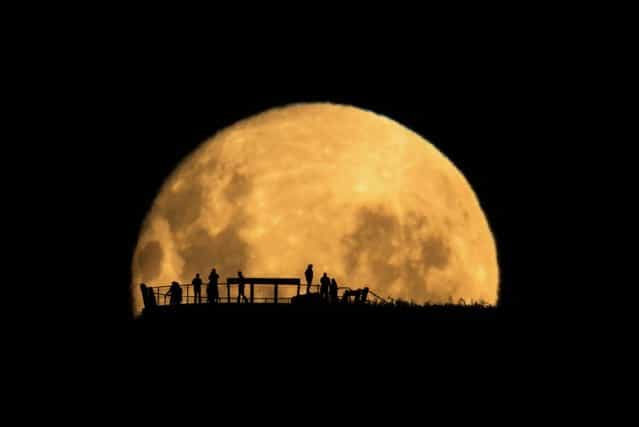
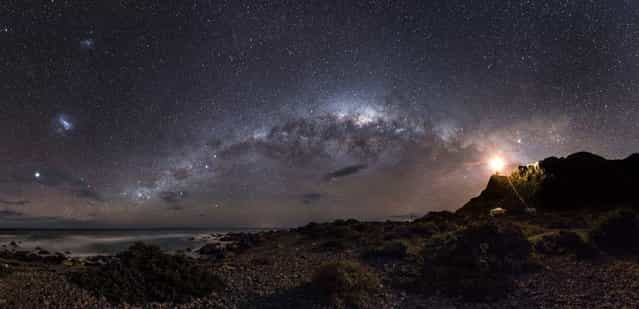
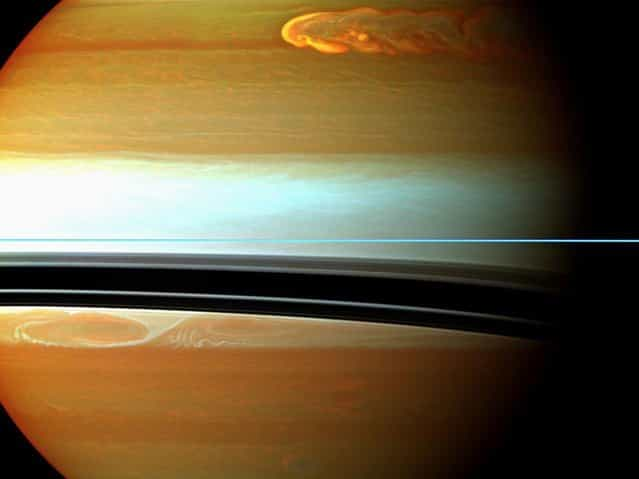
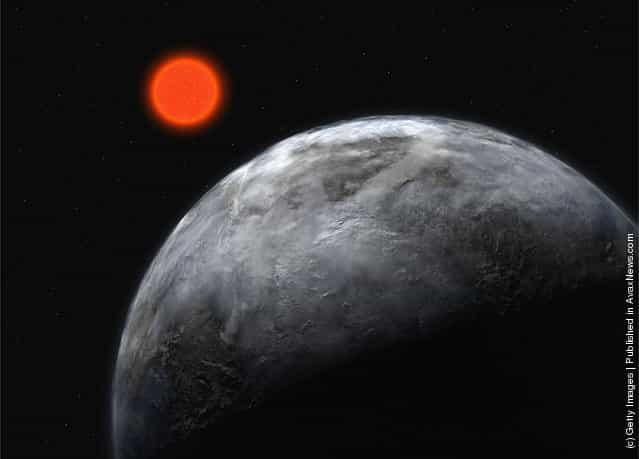


![Rare [Hybrid] Total Solar Eclipse Rare [Hybrid] Total Solar Eclipse](http://img.gagdaily.com/uploads/posts/fact/2013/short/00010c55_medium.jpg)






